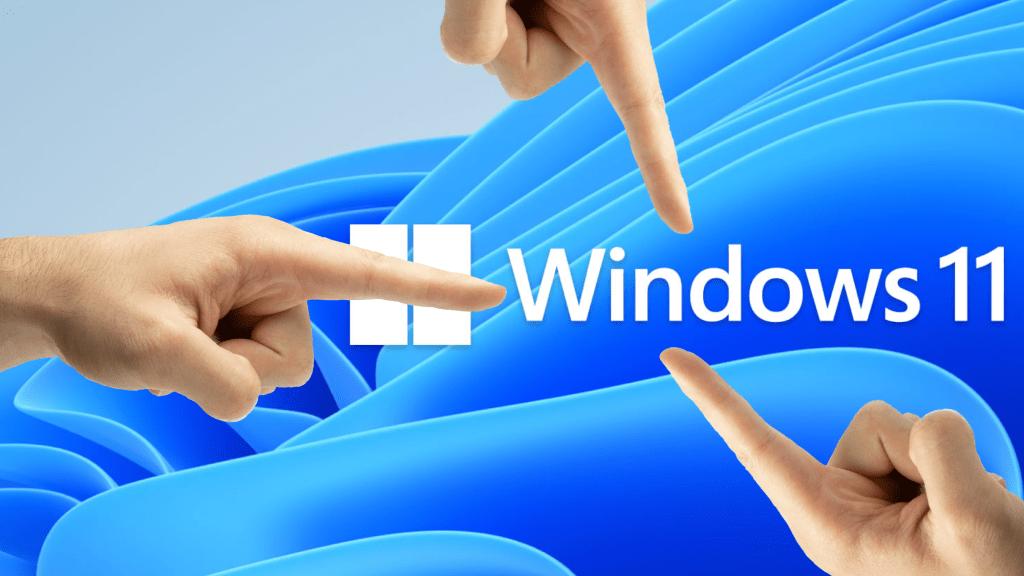When Windows 11 arrived on the market in October 2021, it was supposed to revolutionize the popular operating system. Unfortunately for Microsoft, many users still prefer Windows 10 as the better option for their everyday PCs and refuse to switch.
Indeed, the numbers for Windows 11 are continuing to decline and Windows 10 continues to dominate.
Microsoft doesn’t like this, of course, and is using various methods to urge users to switch to Windows 11. In addition to the threatening messages about the end of support for numerous Windows 10 versions and the pop-ups on Windows computers that still aren’t running Windows 11, there’s now yet another clue.
Microsoft recently updated its official support page to further emphasize the disadvantages of Windows 10 compared to Windows 11.
Hanging over everything is the notice that “support for Windows 10 will end in October 2025” and “Microsoft will no longer provide security updates or technical support for Windows 10.” This would leave the system vulnerable to malware attacks and other threats.
In other words, Microsoft is emphasizing that switching to Windows 11 is the safest way forward. When comparing the two operating systems, Microsoft explicitly emphasizes the advantages of Windows 11 for things like backing up and restoring data.
Of course, personal preferences—like the Windows 10 interface or the gaming optimizations in Windows 10—are ignored. The increasingly controversial AI features and ads in the Start Menu are also cause for hesitation when switching to Windows 11.
Further reading: Hey, everyone: It’s time to switch to Windows 11
Continuing to use Windows 10 costs money
Is the switch to Windows 11 inevitable? Not quite.
Microsoft offers a solution if you prefer Windows 10 (or you’re stuck with Window 10 because your PC isn’t eligible for Windows 11 due to not meeting its hardware requirements).
You can opt for the “Extended Security Updates” program, which guarantees further security updates but no feature updates. Unfortunately, Microsoft is going to charge quite a bit for this option, especially for companies.
Microsoft will charge $61 USD per device in the first year after support ends. From the second year onwards, that’ll climb to $122 USD. Then, in the third year, a whopping $244 USD. Companies with a certain number of employees or more will inevitably incur costs.
There’s currently no ESU program pricing plan for private users, but you can assume that you’ll be able to use Windows 10 until the end of 2028 at the latest—if you’re willing to accept additional costs.
All in all, Microsoft wants to convince users of Windows 11. Statistics show that Windows 10 had already achieved an adoption rate of 85 percent around five years after its release. Windows 11, on the other hand, currently only has an adoption rate of around 26 percent.
This article originally appeared on our sister publication PC-WELT and was translated and localized from German.

